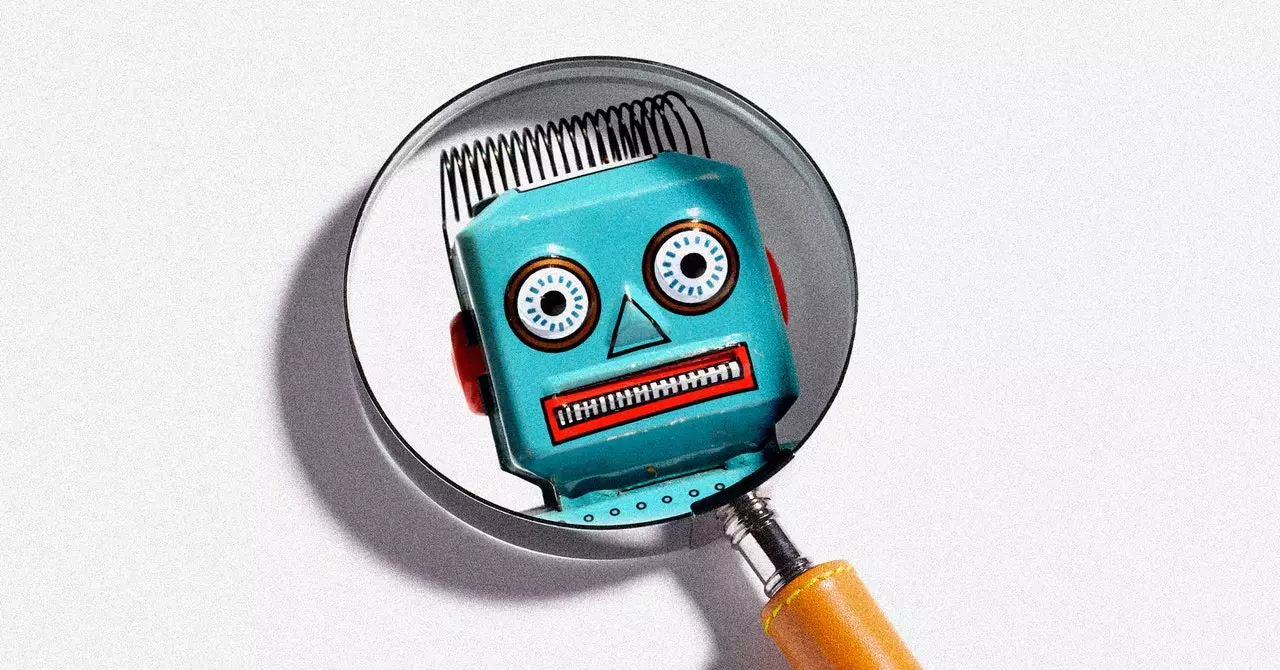In the vast digital landscape of the internet, domain names hold value even long after the websites they once hosted have been abandoned. Opportunistic prospectors capitalize on this value by snatching up unused domains and using them to host new websites that are filled with clickbait articles. These “zombie sites” are becoming increasingly prevalent, and with the proliferation of generative AI tools, their presence is poised to grow exponentially. This article will explore the dangerous world of AI-generated clickbait websites and the implications they have on online content.
With the advent of generative AI tools like ChatGPT, the process of creating clickbait articles has become faster and more efficient. Prospectors can effortlessly generate numerous articles that cater to popular search phrases, ensuring a high ranking in search results. This not only guarantees a steady stream of visitors but also perpetuates the spread of shallow and uninformative content.
A recent exposé by WIRED journalist Kate Knibbs sheds light on one such entrepreneur in the world of AI-generated clickbait. Nebojša Vujinović, also known as Vujo, operates a clickbait empire built upon squatted domains. These domains were once associated with reputable websites but have now been repurposed to host clickbait content generated by AI. Vujo’s enterprise exemplifies the growing trend of exploiting AI tools for profit, sacrificing quality and genuine value in the process.
As AI-generated clickbait websites continue to proliferate, the negative impact on online information cannot be ignored. These sites often prioritize catchy headlines and sensationalized content over accuracy and reliability. Consequently, users searching for information are more likely to encounter superficial and misleading articles, undermining the integrity of online content as a whole.
AI-generated clickbait websites pose a significant threat to established monetization models. Genuine content creators and publishers rely on legitimate website traffic to generate revenue through ad impressions, sponsored content, and subscriptions. However, the rise of clickbait websites artificially inflates traffic while offering little value to users. This creates an uneven playing field and hampers the ability of legitimate creators to sustain their businesses.
Combatting the rise of AI-generated clickbait websites requires a multi-faceted approach. Search engines and social media platforms must improve their algorithms to differentiate between high-quality content and clickbait. Additionally, there is a need for increased awareness among users about the potential pitfalls of consuming information from unreliable sources. Encouraging critical thinking and media literacy can empower users to make informed decisions about the content they engage with.
The proliferation of AI-generated clickbait websites poses a significant threat to the integrity of online information and the sustainability of legitimate content creators. As AI tools become more accessible and sophisticated, it is crucial for society to address this issue collectively. By taking steps to combat clickbait and promote the dissemination of reliable and valuable content, we can ensure a more transparent and trustworthy digital landscape for all users.


Leave a Reply